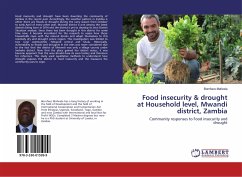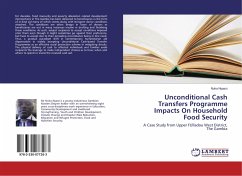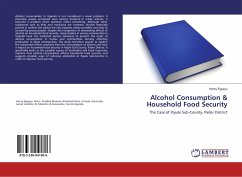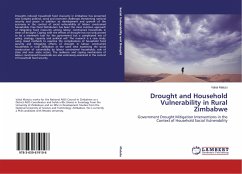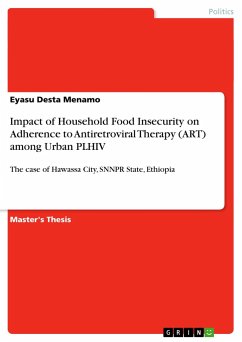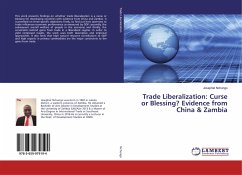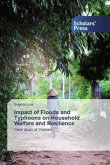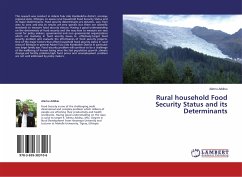Food insecurity and drought have been daunting the community of Zambia in the recent past. Accordingly, the weather pattern in Zambia is either there are floods or drought during the rainy season from October to early April of every other year. Mwandi district is one among the latest districts being born in 2014 and the district is yet to develop its own District Situation analysis. Since there has been drought in this district for some time now, it became incumbent for the research to assess how these households cope with the natural shocks and adapt themselves to this relatively dry and drought prone region. This investigation was limited to two rural communities -Mwandi central and Situlu. Historically, vulnerability to floods and droughts in the sites was never considered due to the fact that the district of Mwandi was only a village county under Sesheke district. Now that the place gained her district status, it was become apparent that the area should have its own history and literature for reference. This study used qualitative methods to understand how drought exposes the district to food insecurity and the measures the community uses to cope.
Bitte wählen Sie Ihr Anliegen aus.
Rechnungen
Retourenschein anfordern
Bestellstatus
Storno

